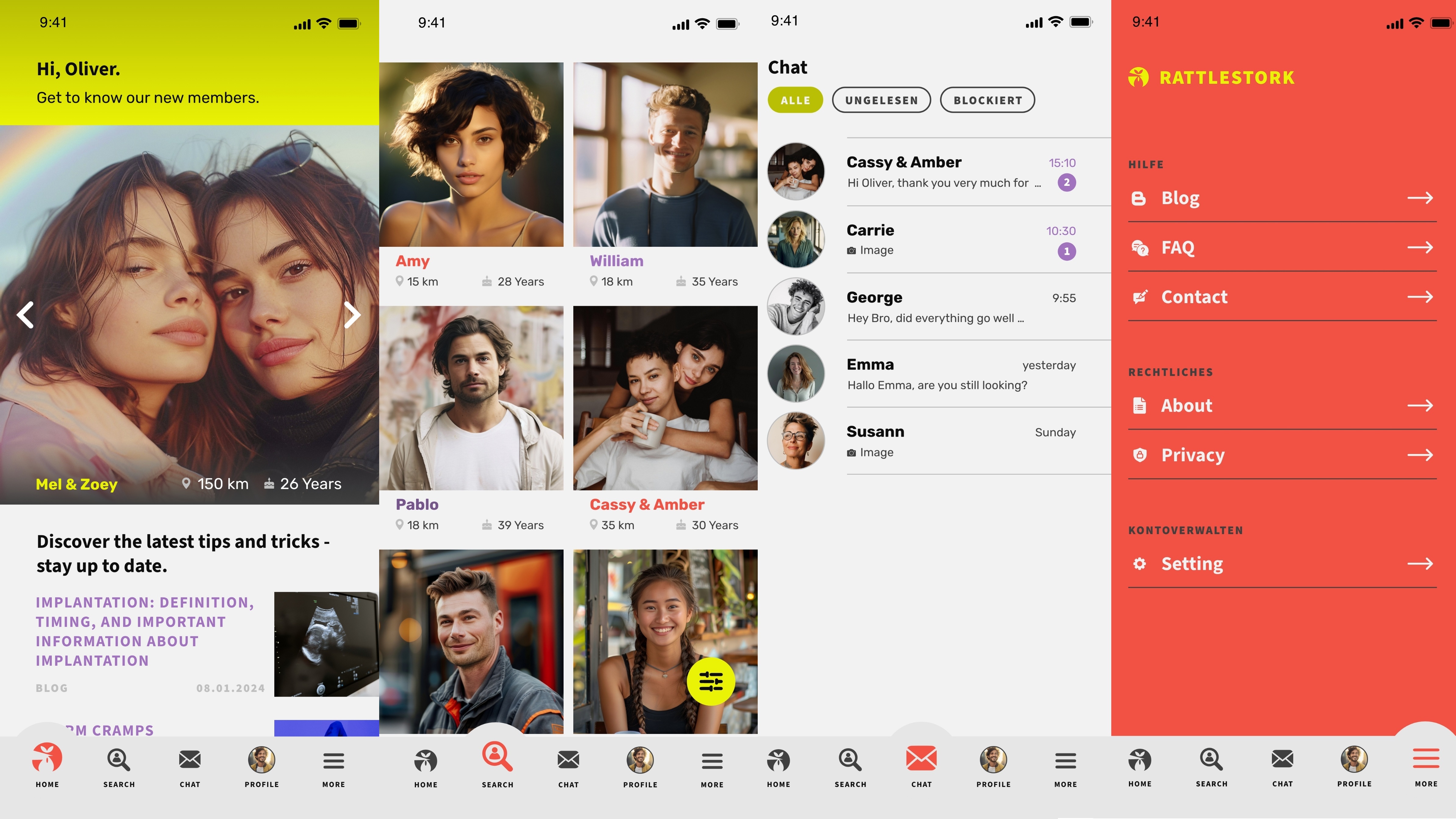Costs of Home Insemination, IUI, IVF & ICSI – 2025 Overview
- Home Insemination
$200–$500 per attempt · lowest cost, maximum privacy - IUI – Intrauterine Insemination
$500–$4,000 per cycle · 10–15 % success rate - IVF – In Vitro Fertilization
$12,000–$20,000 per cycle · 25–35 % success for women under 35 - ICSI – Intracytoplasmic Sperm Injection
Additional $1,500–$3,000 on top of IVF · best for severe male-factor infertility
Less Common Procedures & Add-On Fees
GIFT: $8,000–$12,000 · Natural Cycle IVF: $7,000–$10,000 · Time-Lapse Embryo Monitoring: +$800–$1,200
Insurance Coverage in the U.S.
The U.S. has no universal mandate for infertility coverage. As of 2025, 22 states plus Washington, D.C. require some level of IVF coverage; others may offer partial benefits for diagnostic testing or treatment. Coverage depends on your state, employer plan, and policy details. Always confirm with your insurer before beginning any treatment.
Typical Out-of-Pocket Expenses
- Initial consultation & diagnostic tests: $300–$800
- Fertility medications: $2,000–$6,000 per cycle
- Monitoring (ultrasounds, labs): $500–$1,200
- Embryo cryopreservation (first year): $1,000–$1,200; subsequent years $500/year
- Private donor sperm: $350–$700 per vial
- Anesthesia for egg retrieval: $800–$1,200
New Technologies & Additional Costs
The WHO guideline on assisted reproductive technologies advises weighing the marginal benefits of add-ons against their costs:
- AI Embryo Grading (+$500–$1,000): Automates selection of embryos with highest implantation potential.
- Time-Lapse Incubator (+$800–$1,200): Continuous video monitoring can slightly improve success rates.
- PGT-A (Chromosome Screening) ($3,500–$5,000): Reduces miscarriage risk; recommended for patients age 35+.
- Microfluidic Sperm Sorting (+$450): Selects the most motile sperm for injection.
Saving with Private Sperm Donation
Private donation via RattleStork cuts out bank and quarantine fees. Use the RattleStork app to find screened donors for as little as $300 per vial—often half the cost of traditional sperm banks.

Five Money-Saving Strategies
- Use an HSA or FSA to pay for treatments tax-free.
- Shop multi-cycle IVF packages for discounted rates.
- Check employer or state grants and assistance programs.
- Opt for generic fertility medications when available.
- Claim all eligible medical expenses on your tax return.
Conclusion – Balancing Cost and Hope
Fertility treatments require a significant investment. By understanding pricing, confirming insurance benefits, and applying cost-saving strategies, you can pursue parenthood in 2025 without losing sight of your budget.

